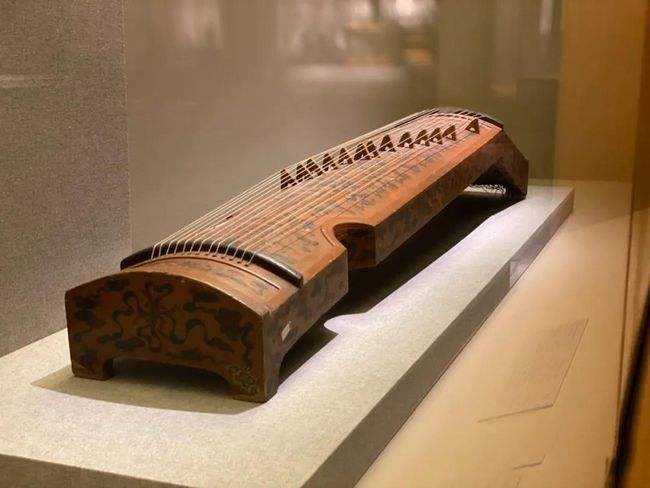Fingering of Gayageum
902 views · Organized by 琪琪 on 2022-02-08
When playing Gayageum, the right hand except the little finger is used to play, and the techniques include playing, pulling, rolling, arpeggio, etc. The overtones are particularly clear and pleasant. The left-hand skills include pressing, shaking, pushing, and kneading, which are important means to express the unique style of Gayageum.

The right hand uses the thumb, index finger, middle finger and ring finger to play the strings on the right side of the column, and the left hand presses the strings on the left side of the piano column. Gayageum is mostly tuned according to the pentatonic scale, mainly in the key of C or bB.
The thirteen-string Gayagum is tuned as follows: f, g, bb, c1, d1, f1, g1, bb1, c2, d2, f2, g2, bb2. By pressing the highest string, the pronunciation can be improved by a minor third. After the reform, there is a Gayagum that is tuned according to the 7-tone scale.
The fifteen-string Gayagum tuning is: g, a, c1, d1, e1, g1, a1, c2, d2, e2, g2, a2, c3, d3, e3.
Twenty-one string Gayageum range G-f2.
The twelve-string Gayageum is also often tuned in a seven-tone scale: g, a, b, c1, d1, e1, f1, g1, a1, b1, c2, d2.
The right-hand skills include two-finger combined play, single-finger holding, split, pick, wipe, tick, hook, pinch, etc. The left-hand skills include pressing, shaking, pushing, rubbing, etc., which are important means to express the unique style of Gayageum. Vibrato (also known as stringing) is the most distinctive.
Involving musical instruments
Gayageum (pinyin: Jiā Yē Qín) has been handed down from the Three Kingdoms period of Korea and has a history of more than 2,000 years. It is said that it was made by King Jiaxi of the Gaya country after imitating the zheng. The shape is similar to the guzheng. The qin has twenty-one strings.
Gayageum has a unique artistic style and a variety of playing techniques. You can play solo, ensemble, and ensemble. There are three types of Gayageum, which can be roughly divided into three types: "Jongnak Gayagum", "Sandyo Gayagum", and "21-string Gayagum" used in modern times.
Guess you like
Organized by 尼禄 on 2022-02-08
There are three types of Gayageum, which can be roughly divided into three types: "Jongnak Gayagum" (ancient Gayagum), "Sandyo Gayagum", and modern "21-string Gayagum".
read >>
Organized by 华夫饼 on 2022-02-08
Gaya Gum, according to legend, was made by King Gyase of Gaya country after imitating the zheng. The shape is similar to that of the zheng. The ancient Gayageum, the body of which was cut into a groove with a single wood, has a horn-shaped tail and no bottom plate, so the volume is small and lacks expressiveness; It is made after many centuries of improvement and absorption of the advantages of other ethnic instruments.
read >>
 渝公网安备 50010702504639号
渝公网安备 50010702504639号